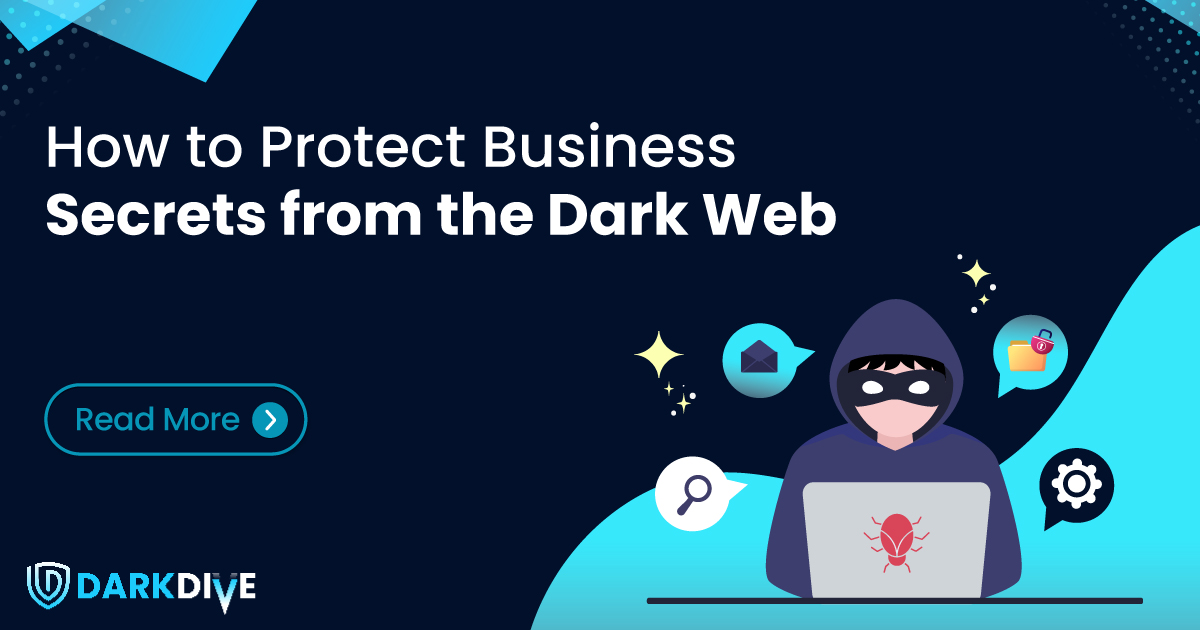
Once your sensitive data surfaces on the dark web, it’s already too late. You won’t know who accessed it, how widely it spread, or what damage it could cause. And for businesses holding confidential contracts, internal communications, product roadmaps, or proprietary tech—this exposure can be catastrophic.
That’s why protecting business secrets isn’t just about strong passwords or endpoint security anymore. It’s about anticipating how attackers think, where they go, and what signals they leave behind.
Here’s how to stay ahead.
Your Data Is Their Currency
Today’s threat actors aren’t just selling consumer emails—they’re trading in full corporate data dumps. What’s at risk?
- Internal strategy presentations and financial forecasts
- Executive emails and chat logs
- Source code and infrastructure credentials
- Legal agreements, board documents, NDAs
- Customer databases and vendor access details
And once this data is out, it’s not just a leak—it’s a tool. Competitors, cybercriminal groups, and even activist networks can exploit it for profit, sabotage, or influence.
Exploitation Moves Fast—Too Fast
Leaked credentials, RDP access, and cloud logins often appear for sale within 30 minutes of a breach. Some marketplaces even filter listings by company name, industry, or location.
The era of relying on quarterly security audits is long gone. Real-time exposure demands real-time defense.
Insiders Are Becoming Gateways
Increasingly, dark web forums are calling on insiders to sell access—offering rewards in exchange for API keys, admin passwords, or well-timed disruptions. And these requests are shockingly specific.
These aren’t lazy attackers. They’re recruiters. And unless your threat intelligence extends to these hidden channels, you won’t know your company is a target until it’s compromised from the inside.
The Real Cost Is Reputational
A leaked client deck or executive email can spiral into legal issues, compliance investigations, or loss of customer trust. One data leak can shake investor confidence and damage brand equity overnight. In industries like finance, legal, and healthcare, even a whisper of dark web activity can set off regulatory scrutiny.
Why Traditional Security Isn’t Enough
Firewall? Checked. Antivirus? Checked. But what about visibility after the perimeter?
Threat intelligence feeds often come too late—flagging malware that’s already been deployed or credentials that have long since been sold. You need to know when your data first enters the dark web conversation—not after it’s circulated for weeks.
Where DarkDive Makes the Difference
DarkDive, built by Protecxo, goes beyond generic scans. It monitors breach forums, access marketplaces, insider channels, and encrypted threat actor hubs for any trace of your business.
Its analyst-verified alerts and weekly updates give you a constantly refreshed view into the underground. Whether it’s leaked credentials, chatter about your company, or new marketplace listings—DarkDive flags it before attackers act on it.
For businesses that deal in sensitive data—and that’s nearly all of them now—this kind of visibility isn’t just helpful. It’s essential.
Conclusion
Your business secrets are only as secure as your ability to see where they’re at risk. And the dark web is where those risks start to multiply—quietly, quickly, and globally. Protecting them requires more than prevention. It demands intelligence, speed, and a window into the hidden economy of cybercrime. With the right surveillance, you’re not just reacting to threats—you’re outpacing them.
